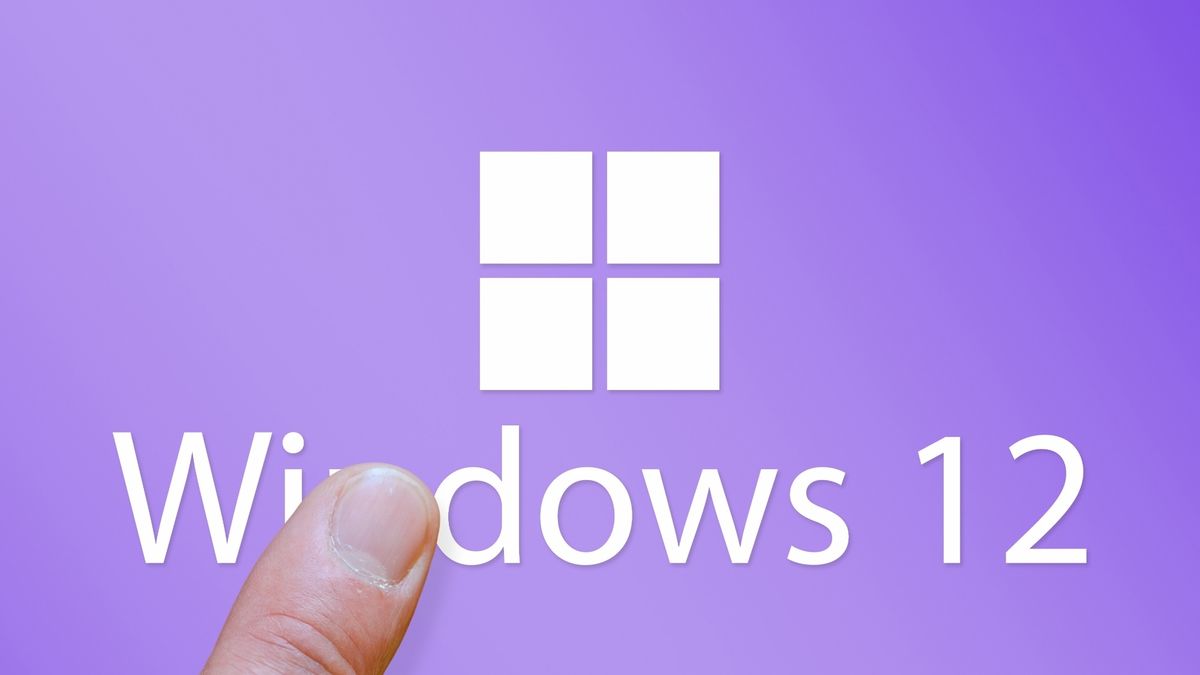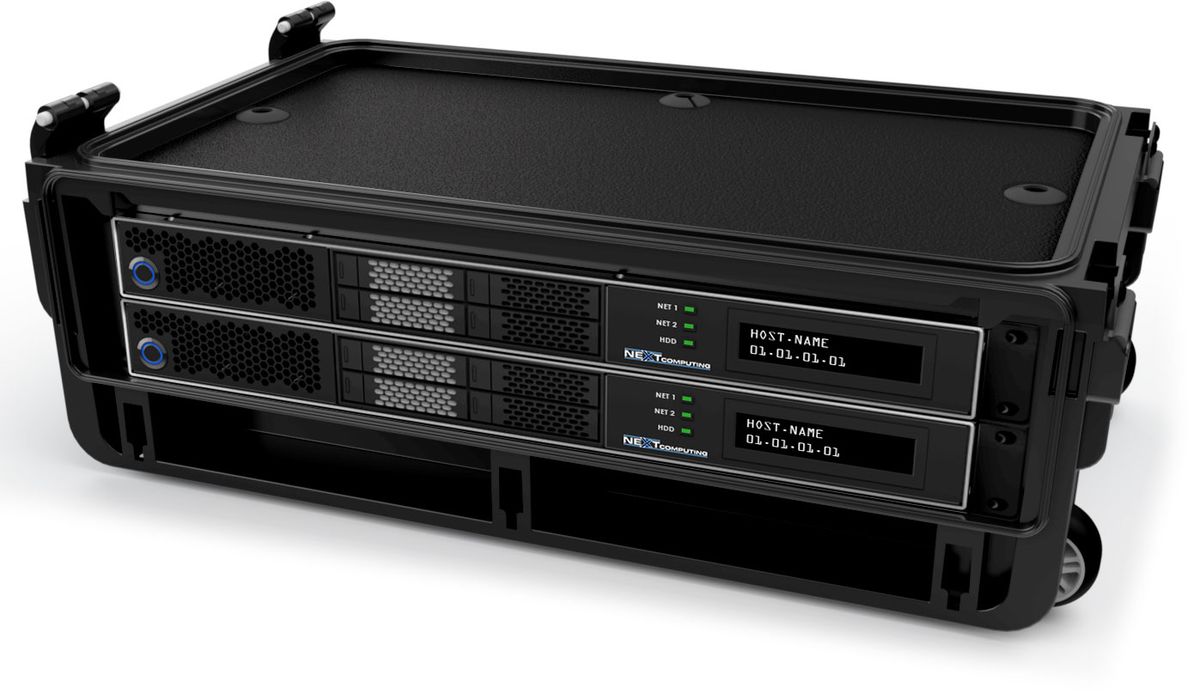
As Microsoft’s flagship operating system evolves, the introduction of Windows 11 brought with it many promises of enhancement and innovation. However, while it delivered on several fronts, there remains room for improvement as we look forward to the next iteration. Based on an in-depth review of Windows 11, here are three crucial areas where Windows 12 needs to raise the bar.
Performance Optimization Across Varying Hardware
One of the primary concerns around Windows 11 was its performance, especially on older or less powerful hardware. While the operating system introduced new efficiencies and capabilities, the outcome hasn’t been uniformly positive across the diverse spectrum of PCs. Users on the latest and most robust hardware configurations often report a smooth and responsive experience. In contrast, those on older or entry-level devices sometimes face challenges, ranging from slower boot times to laggy interactions. This discrepancy highlights the necessity for Windows 12 to focus on optimizing performance for all users, irrespective of their hardware capabilities. Ensuring that new features and updates do not degrade the user experience on less powerful devices is critical. Microsoft’s challenge will be to balance innovation with inclusivity, making sure that advancements in the OS are accessible and beneficial to all users.
A More Cohesive User Interface and Experience
Although Windows 11 introduced a redesigned user interface (UI) aimed at modernizing the look and feel of the desktop, feedback has been mixed. The operating system sports a cleaner aesthetic and some usability enhancements, but it falls short in coherence and intuitiveness, leaving users navigating a patchwork of old and new designs. For instance, the right-click context menus and system settings sometimes lead users on a scavenger hunt for options that were previously more accessible. In Windows 12, there’s a crucial opportunity for Microsoft to refine the user interface, aiming for a more integrated and intuitive design that bridges the gap between new features and legacy elements. Achieving a seamless integration that feels both fresh and familiar could significantly enhance user satisfaction and productivity.
Enhanced Window Management and Multitasking Features
Windows 11 made strides in window management and multitasking with features like Snap Layouts and Snap Groups, aiming to provide users with more flexibility and efficiency in how they arrange and interact with open applications. However, there’s still ample room for growth in this area. Users have expressed a desire for even more customizable and dynamic tools that can adapt to a variety of workflows and screen setups. Windows 12 could build on this foundation by introducing smarter window management capabilities, perhaps leveraging artificial intelligence to predict and suggest layout options based on user habits and application use. Furthermore, enhancing virtual desktops with more customization and easier navigation could cater to power users who juggle multiple projects and prefer distinct desktop setups for different tasks.
Looking ahead, Windows 12 has the potential to address these critical feedback areas, building on the foundations laid by Windows 11 while pushing forward with meaningful innovations. As the digital landscape continues to evolve, the success of future Windows versions will depend on their ability to adapt to and anticipate the needs of a diverse user base. By focusing on performance optimization, UI cohesion, and advanced multitasking features, Microsoft can ensure that the next chapter in the Windows saga is not just a step forward but a leap towards a more intuitive, inclusive, and productive computing experience for everyone.






